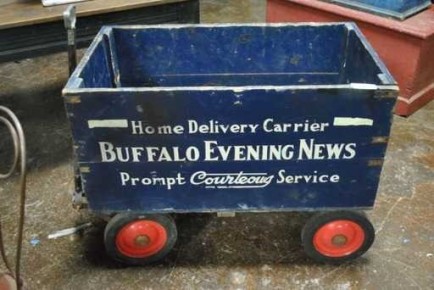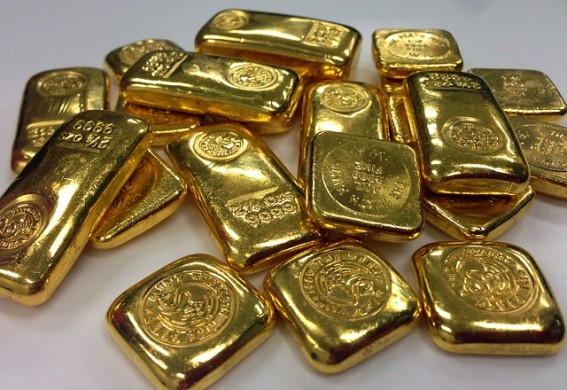By 1976 Berkshire Hathaway was already a substantial shareholder in The Washington Post – holding about a tenth of the shares – and Buffett had become a close personal friend of the dominant shareholder and publisher, Katherine Graham. He was also a director of the Post.

Graham tells us in her biography that in the mid-1970s she was focusing in how to make the company grow, but lacked expertise in analysing possible purchases or negotiating with targets. She turned to Buffett for help, who seemed to carry around in his head “almost every deal that was taking place or had taken place in the previous ten years.” (Graham, K (1997) Personal History, Vintage Books/Random House, New York, p 581)
In December 1976 they were considering a Buffalo television station purchase. But Buffett said that the Buffalo Evening News was also up for sale and was a better buy, and, according to Graham, he added that “if we didn’t want it, he did”.
The Washington Post’s board looked at the Buffalo Evening News, henceforth I’ll call it the News, but were put off by the strong competition in Buffalo newspapers, formidable unions and the lack of Sunday edition, and so they decided not to pursue it.
Note the sequence of events: Buffett, displaying his usual high integrity, had wanted to buy the Buffalo paper all along, but gave Graham first refusal – she was a friend, and as a director of the Post Buffett had a fiduciary duty to its shareholders to give honest advice. Now they had turned it down, the way was clear.
Buffett quickly contacted the broker instructed by the News’ owners to find a buyer, Vincent Manno. He had recently cut the asking price from $40m to $35m when Buffett asked for a meeting; it was only earning $1.7m pre-tax and potential buyers were clearly not interested at $40m.
Buffett and Munger travelled to Manno’s home in Connecticut on the freezing first Saturday of 1977. After a little haggling, they settled on a price there and then of $35,509,000, of which $34,076,000 was to be paid in cash, with the balance representing assumption of certain pension obligations. By the time all the legal work was done it was April 15th 1977 when Buffett and Munger took control of 100% of the shares.
At the time the Managing Editor was Murray B. Light, who later wrote in his book on the history of the News (“From Butler to Buffett”, 2004) that “Buffett was attracted to the News because the paper had reached a higher percentage of local households than other big-city dailies in the United States. He was also impressed by the fact that the News had almost twice the daily circulation as the Courier-Express and 75% more advertising revenue. He was aware that the paper was publishing only six days a week, leaving a void in its publishing cycle on Sundays, and he knew he would have to move to fill that void quickly.”
A short history
The paper was born in the recession that followed the Civil War in the muddy-streeted, saloon-packed (93 of them) and crime-ridden Buffalo, New York, of 1873. It was begun by a 23 year-old entrepreneur, Edward H. Butler, who produced the first Sunday paper for Buffalo’s 120,000 or so residents – there were already 10 weekday dailies in various languages.
Edward H. Butler Sr. eventually passed the running of the business to his son Edward H. Butler Jr. It was Edward Junior’s wife, Kate Butler, who ran the bu…
……………To read the rest of this article, and more like it, subscribe to my premium newsletter Deep Value Shares – click here http://newsletters.advfn.com/deepvalueshares/subscribe-1

 Hot Features
Hot Features













